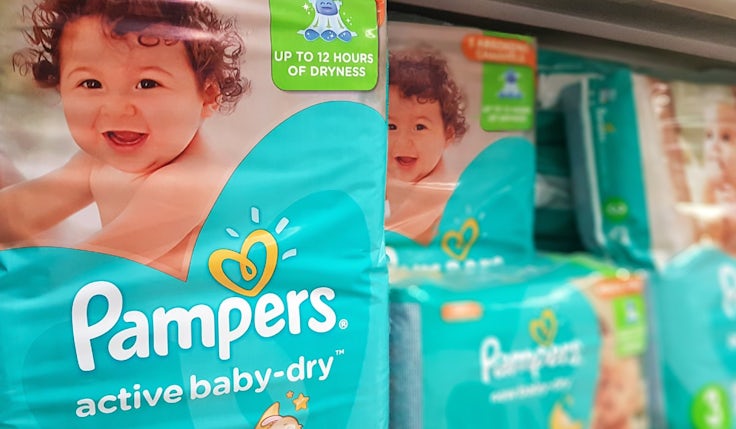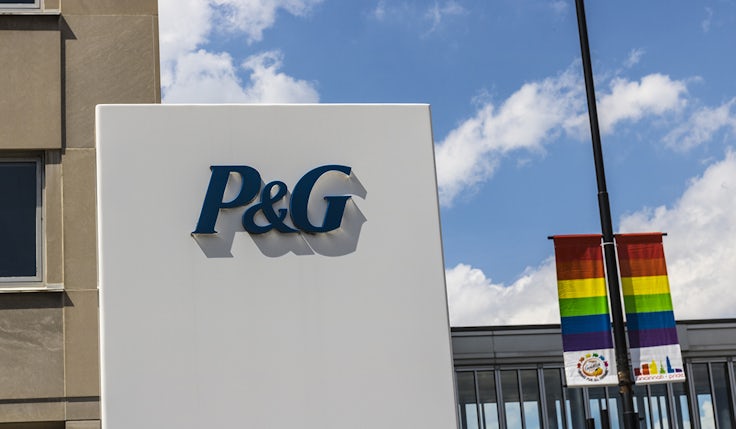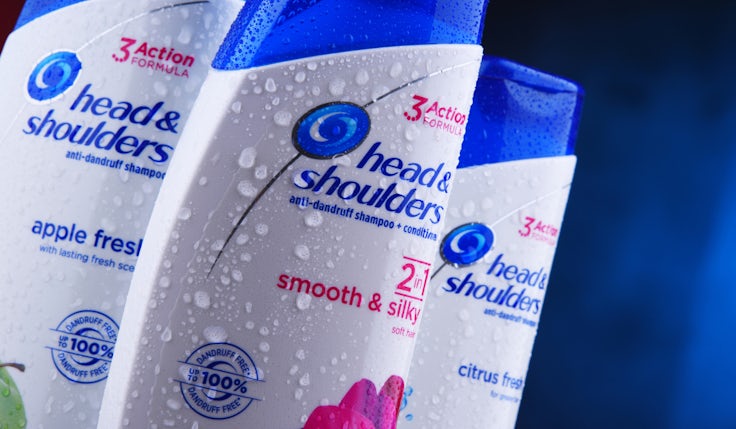P&G CFO commits to ‘100% ROI-driven’ approach to marketing investment
P&G decides its level of marketing investment based on how spend is performing to drive its strategy and create value, rather than a set budget to adhere to and will continue to even as economic conditions improve.
 Consumer goods giant P&G will remain “100% ROI driven” in how it determines its marketing budgets by investing based on need and how spend is performing, its CFO has said.
Consumer goods giant P&G will remain “100% ROI driven” in how it determines its marketing budgets by investing based on need and how spend is performing, its CFO has said.
The company, which owns brands like Fairy, Pampers and Herbal Essences, will continue to avoid setting pre-determined budget in making its investments, and instead will decide how much to invest based on how effective the spend is, regardless of any improvements in economies of the countries it operates in.
In an investors’ call today (28 July) the company’s chief financial officer Andre Schulten was asked whether it might invest more in areas like marketing in the coming financial year if commodity price pressures were to ease.
“We are ROI driven, and it’s really less defined by, do we get more commodity help or less commodity help? Are we within guidance range without outside of guidance range? The discussion is, is this the right investment to drive the strategy and create sustainable value?” he said.
He added the company will continue to be “100% ROI driven both in short-term and long-term investments”.
P&G has made progress on the effectiveness and efficiency of its media spend and now sees a “higher return on investment on every incremental dollar”, he claimed.
This approach determines how it invests in each and every channel, including the emerging retail media channel.
P&G to tackle rising costs through increased marketing ‘productivity’
“What we’re looking to do is optimise our reach… across all of those different touch points and just like any other channel, retail media needs to earn its place in our marketing mix model based on the relative returns that it can provide,” Schulten said.
While the company is clear retail media needs to earn its place in its mix the same as any other channel, CEO Jon Moeller did express optimism about its potential.
“I just generally believe that the majority of brand choice is made in a retail environment,” he said. “And so… it offers significant opportunity.”
The business reported its full year results for the 52 weeks ended 30 June. It saw 2% net sales growth year-over-year to $20.55bn (£15.98bn). Profits grew 14% to $9.9bn (£7.7bn). Volumes in the year declined 3%; however, the last three months of the year saw that improve slightly to a volume decline of 1%.
Moeller praised “a very strong finish” to the company’s 2023 fiscal year. The company also hailed growth which had been driven in a “constructive” way, rather than through short-term initiatives such as promotions.
“It’s hard to grow categories and volume and value with promotion,” Schulten said, adding the company preferred to utilise innovation and communication to drive growth.
“When we promote we would like to do it in a strategic way,” he added.
In this fiscal year, the company had committed to stepping up its marketing investment. However, it looked to remind its investors during the call that the effect of this wouldn’t be “instantaneous”, and added they looked at the effectiveness of their spend over “longer periods of time”.






